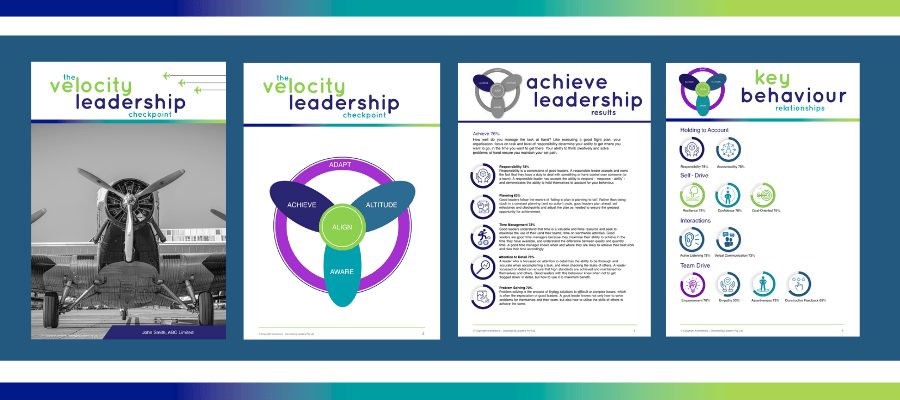What are the best practices for a successful Emerging Leaders Program? More importantly, what is the greatest factor that determines the success of an Emerging Leaders Program? Is it:
✅ Great content?
✅ Willing participants ready to learn?
✅ Practical application?
✅ Adaptable to multiple experience levels?
✅ Assessment of current skills using a leadership development tool?
The Most Important Success Factor Of An Emerging Leaders Program
All of these things are important, and set the foundation for a great learning experience. But the most important?
✅ Integration and involvement of senior management in the learning process
The most successful Emerging Leaders Programs have great involvement with the senior management of the business. What exactly does that mean? In developing the content of the program, discussion between Developing Leaders and management is crucial to get a clear understanding of the:
- Vision and purpose of the business
- What expectations will be placed upon the leaders in the program,
- What development aspects have they already noticed in the participants (including shortfalls)
- What environment (location, team, emotional level) are the leaders expected to lead in?
Importantly, we discuss what time and availability the management team can provide to the ongoing development of the Emerging Leaders Programs participants. Senior managers are busy people and can’t attend all of the sessions of the program (I will leave for a separate post the benefits of senior managers attending Emerging Leaders Programs with their participants), so it is important this style of Leadership Development Program is designed to integrate their involvement.
 Developing Leaders – Integrating Senior Management Involvement
Developing Leaders – Integrating Senior Management Involvement
At Developing Leaders, we do that by:
- Sharing summarised content of sessions with management,
- Explaining to management to similarities / differences to leadership content they have learnt before,
- Short ‘explainer’ videos sent to Managers for key content and new ideas,
- A set of questions they can ask their participants before and after sessions to enhance the knowledge / discussion of both parties, and
- Between session ‘homework’ activities that ensure connection with management, whether it be reflection, reading, teaching or discussion on topics within the Program.
At Developing Leaders we firmly believe (and stealing from an old African proverb) that it ‘takes a village to raise a leader’. Integration and involvement with senior leaders in the learning and leadership development process is a crucial part of any successful Emerging Leaders Program, and ensures that the learning moves well beyond the classroom.
hashtagemergingleadersprogram hashtagemergingleadersprogrammelbourne hashtagleadershipdevelopment hashtagleadershiptraining hashtagdevelopingleaders
Looking To Develop Your Emerging Leaders?
Could your business benefit from a well-designed and integrated Emerging Leaders Program? Talk to the team that understands how to get the best out of emerging talent, and build the knowledge, skills and behaviours that fit with your business as well as grow with your senior leadership team.




 Developing Leaders – Integrating Senior Management Involvement
Developing Leaders – Integrating Senior Management Involvement







